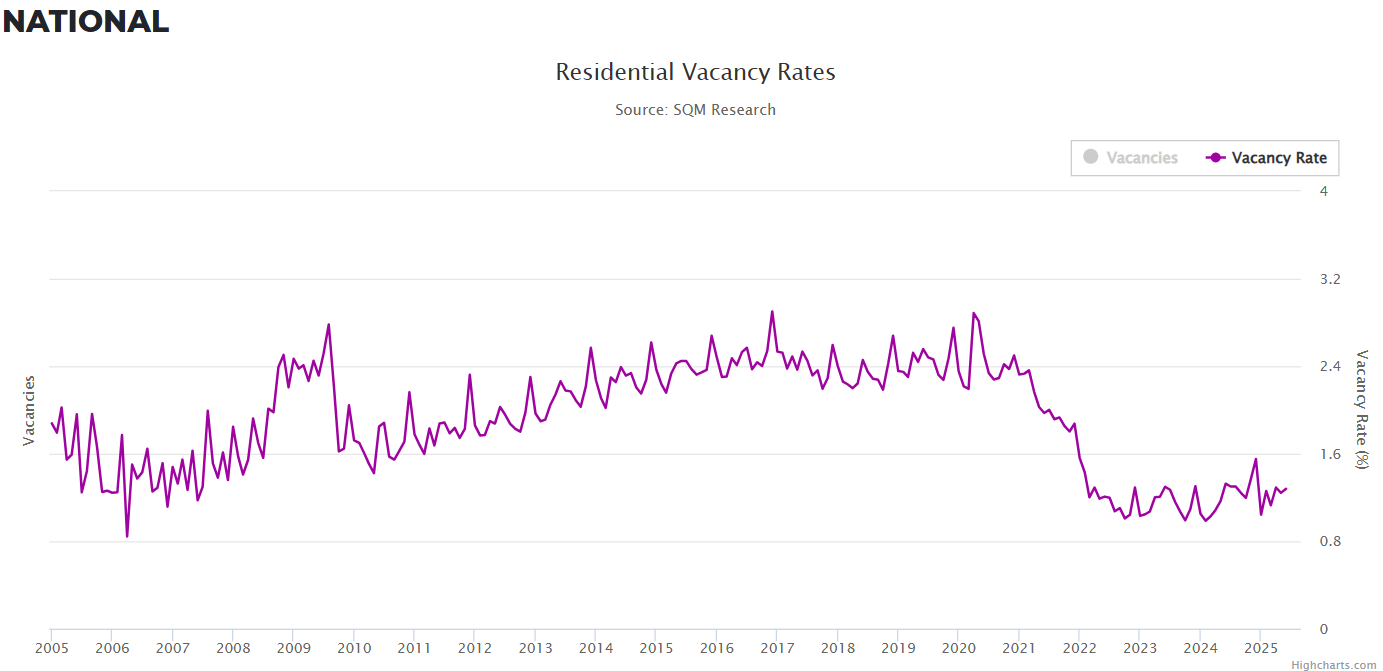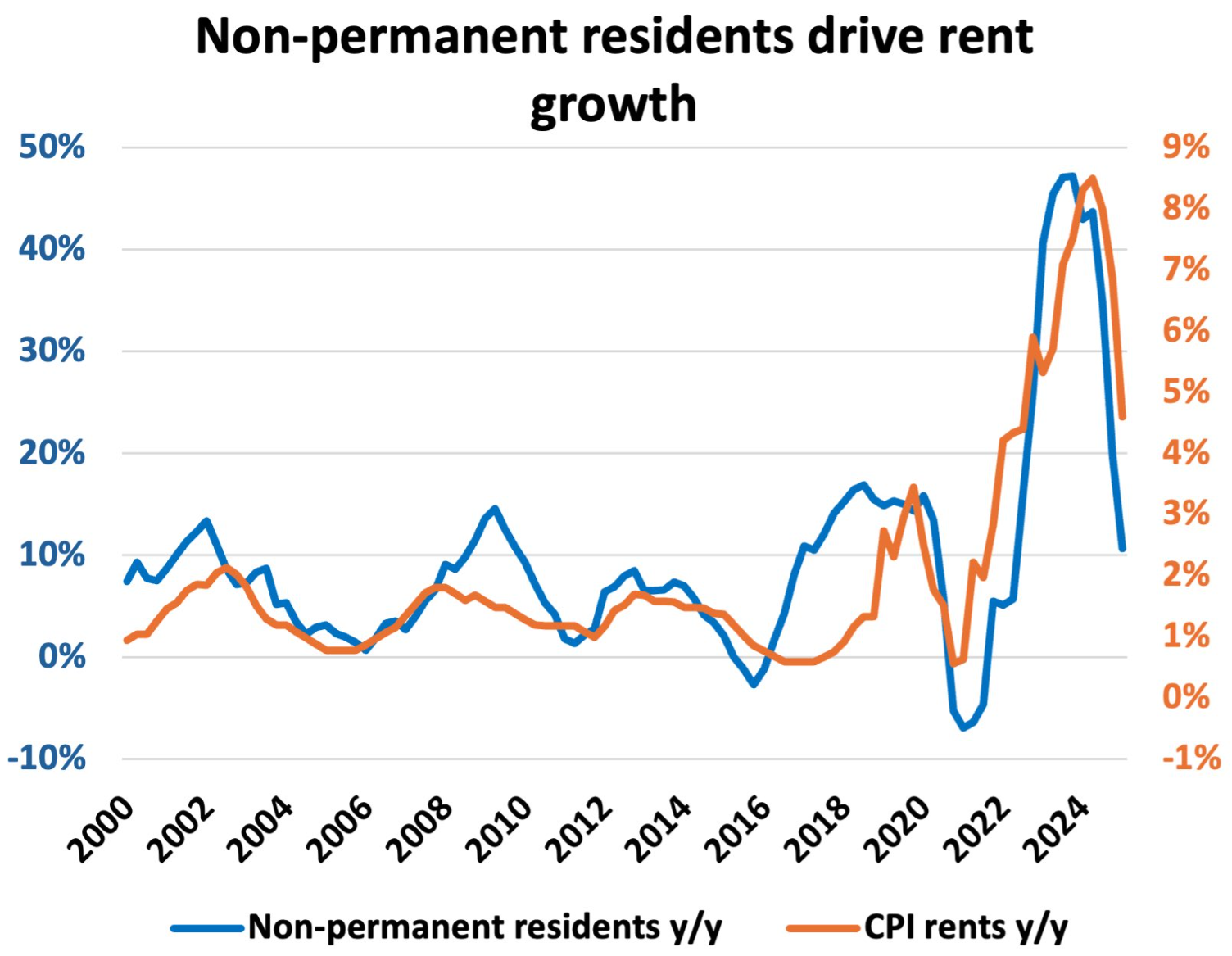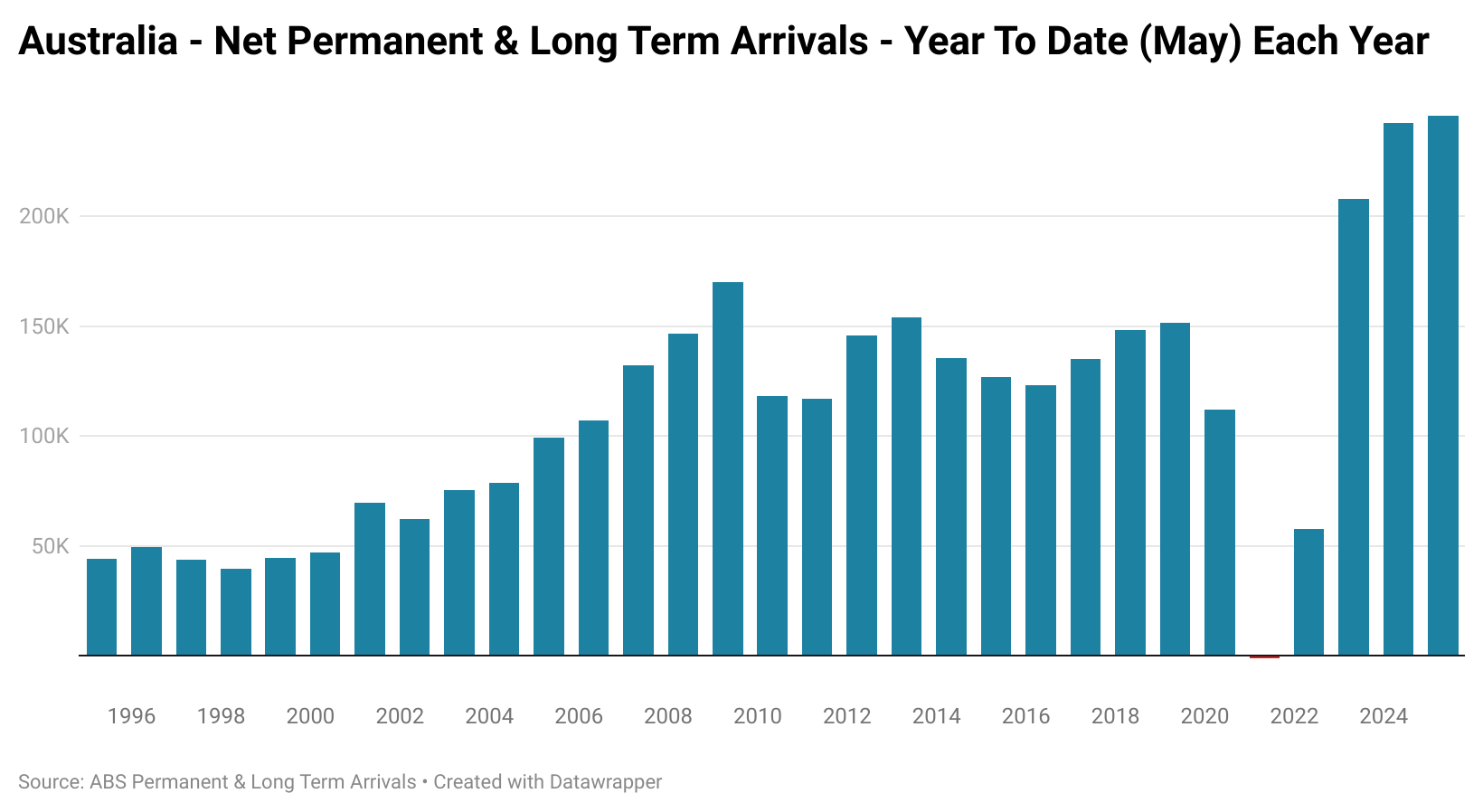Over the last year in particular, the impact of international students on the nation’s rental market has sparked significant controversy.
The debate has prompted a wide range of papers and reports on the issue, with the quality varying dramatically.
In the July Reserve Bank bulletin, the denizens of Martin Place shared their perspective on the data, with a report, ‘International Students and the Australian Economy’, covering the impact of international students extensively.
In their report, the RBA cited the 2023 Student Experience Survey’s data on the living arrangements of international students, as well as making note of the results of the 2016 survey, which led them to conclude:
- ~50% rent in the private rental market
- ~24% reported living with family and friends (which potentially has a degree of overlap with sharehouses in the private rental market)
- 15% live in student accommodation
- 3% live in a homestay arrangement
- 2% live in other accommodation
“As a back-of-the-envelope exercise, if we assume that 50% of international students rent, an additional 100,000 students would increase private rental demand by 50,000 individuals”, the RBA Bulletin wrote.
“Models of the housing market used by the RBA suggest that a 50,000 increase in population would raise private rents by around 0.5% compared with a baseline projection”.
Yet, despite concluding that the impact of a surge in the number of renters would be relatively mild, the RBA then significantly amends its conclusion in the very next line of the report:
“The marginal effect of an additional renter may be greater in periods where the rental market is tight and vacancy rates are low, such as occurred post-pandemic”.
It doesn’t take a rocket scientist or property expert to conclude that the latter is by far the more relevant scenario to the current circumstances we find ourselves in.
Since the start of the pandemic, the level of vacancy rates within the nation’s rental markets has plummeted to near multi-decade lows and more or less stayed there, with most of the major moves being seen largely as a result of seasonality.

Continuing to add significantly more prospective renters to the market, regardless of the source, was always going to place severe upward pressure on rents until they reached the point that they were so high that they began to suppress household formation rates, which is arguably what we are seeing now.
Meanwhile, data from Canada reveals a clear relationship between the growth in non-permanent residents and the growth in the cost of rents.

There is also the possibility that the numbers cited by the Reserve Bank are understating the number of international students in the private rental market.
According to property sector data veteran and expert Cameron Kusher of Oz Property Insights:
“I think based on there being approx 132,700 (PCA) student accommodation beds in Australia, which aren’t exclusively for international students and around 800,000 international students only 50% of international students renting in the private market seems conservative.”
Meanwhile, earlier this week the Albanese government announced that it was raising the number of places for new student visa holders for 2026.
“The Albanese Government is today announcing a National Planning Level of 295,000 international student places for 2026, providing stability and certainty for the international education sector.
The 2026 National Planning Level manages growth in international education in a sustainable way, with 25,000 additional places compared to 2025.”
Despite multiple attempts at dismissing the issue from various quarters, the impact of international students on overall housing demand remains a major political, social, and economic issue.

With the Albanese government insistent on raising the intake further and signs that migration may have already been reaccelerating prior to the government’s latest decision, the rental crisis appears set to continue for the foreseeable future at an aggregate level.

